site search
online catalog
PRESENTATION SWORD: TWICE WOUNDED IN ACTION, HIS GALLANTRY ON THE BATTLEFIELD SPARED HIM A COURTMARTIAL – CAPT. WM. ACKERMANN, 62ND NEW YORK VOLUNTEERS (ANDERSON ZOUAVES)

Hover to zoom

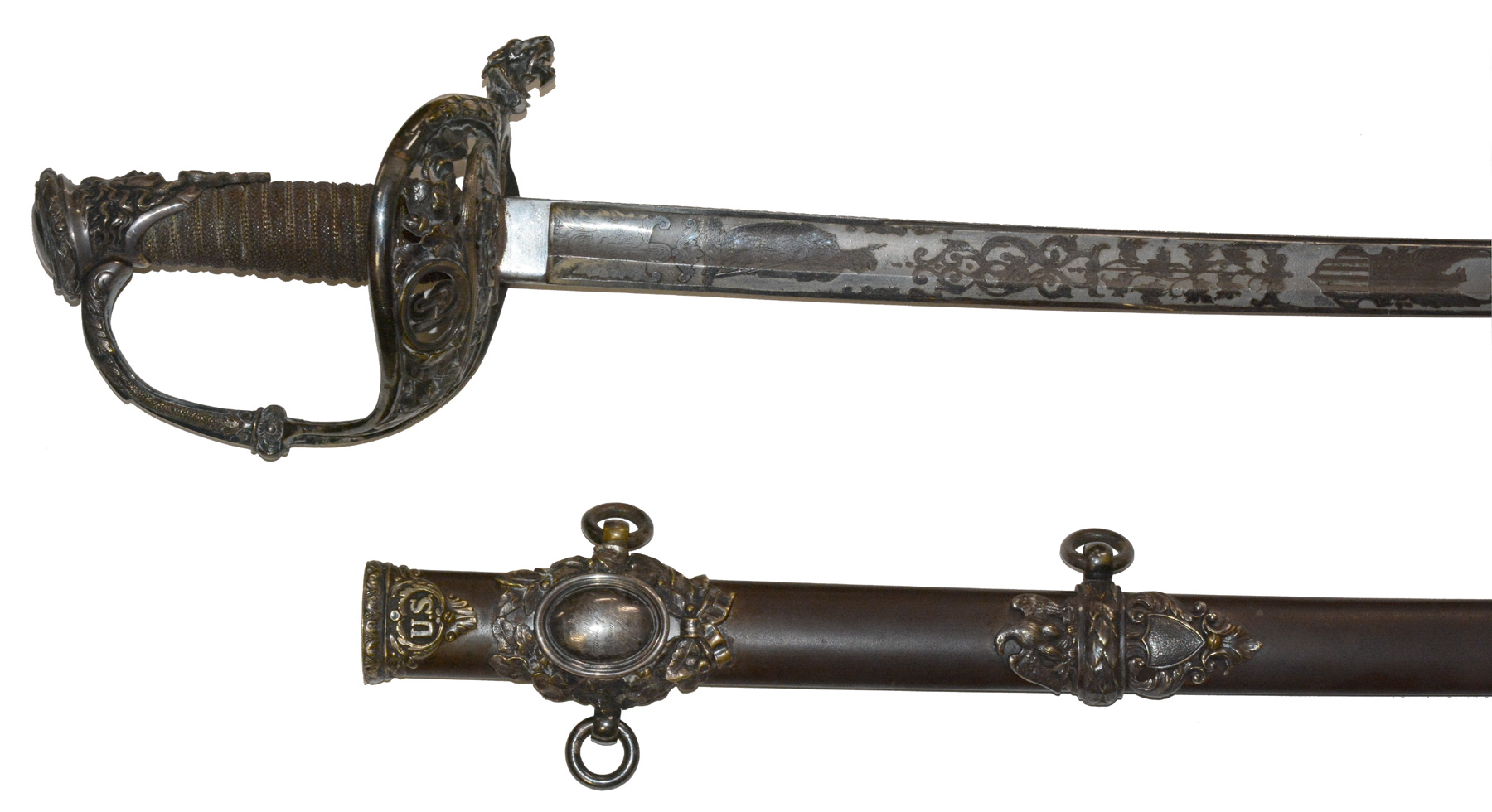
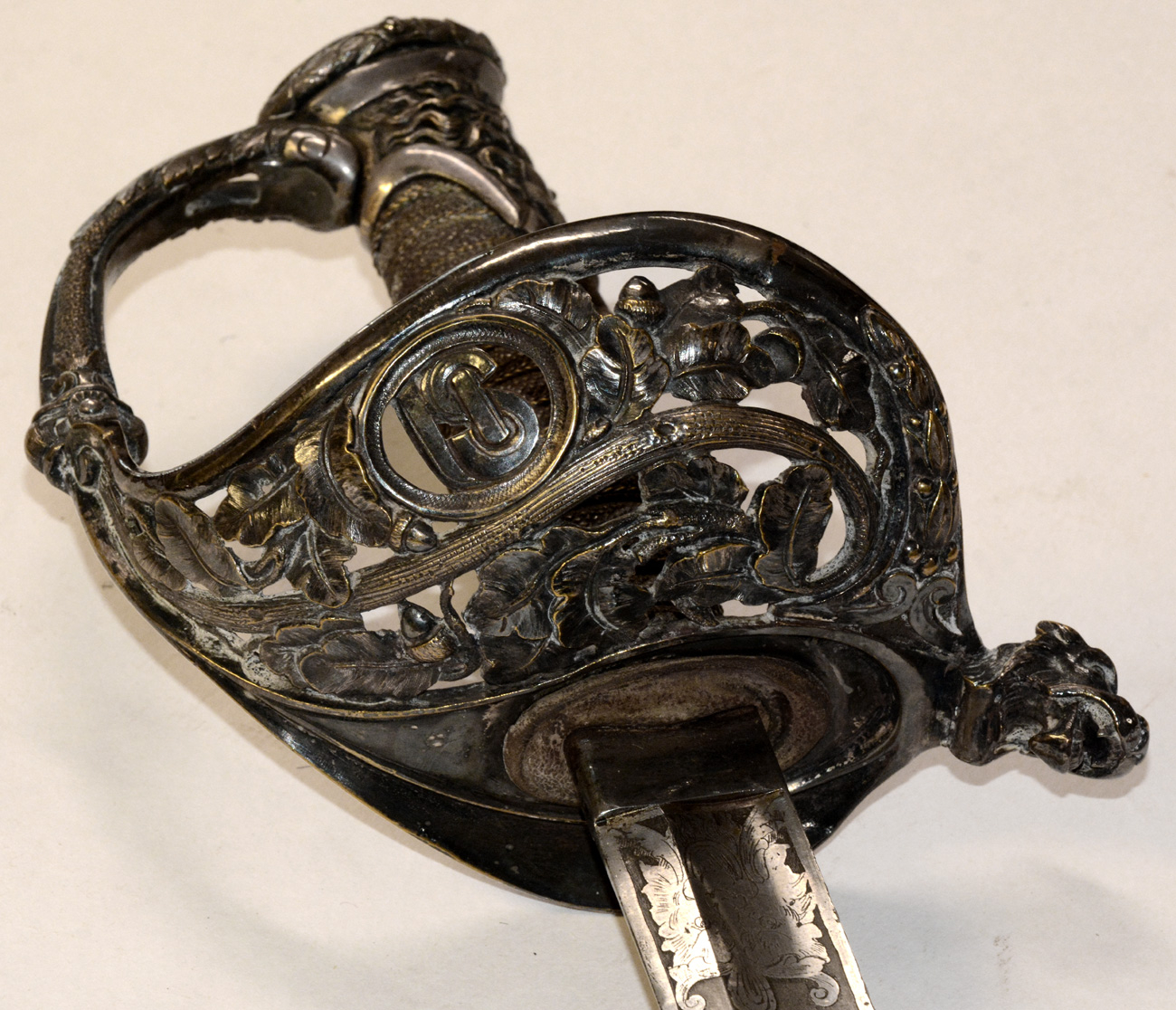
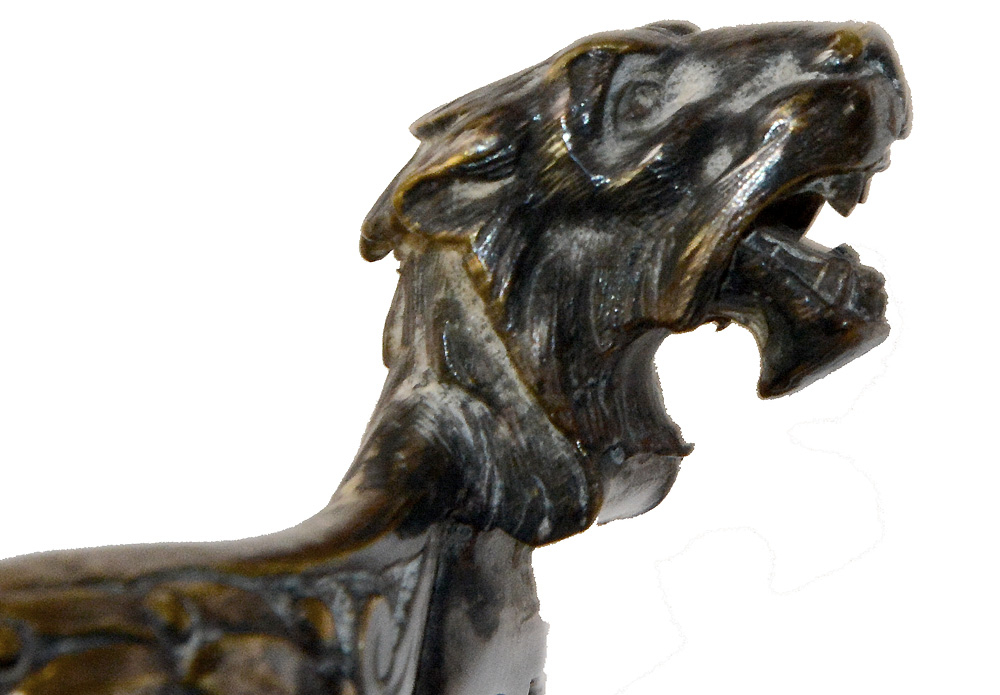
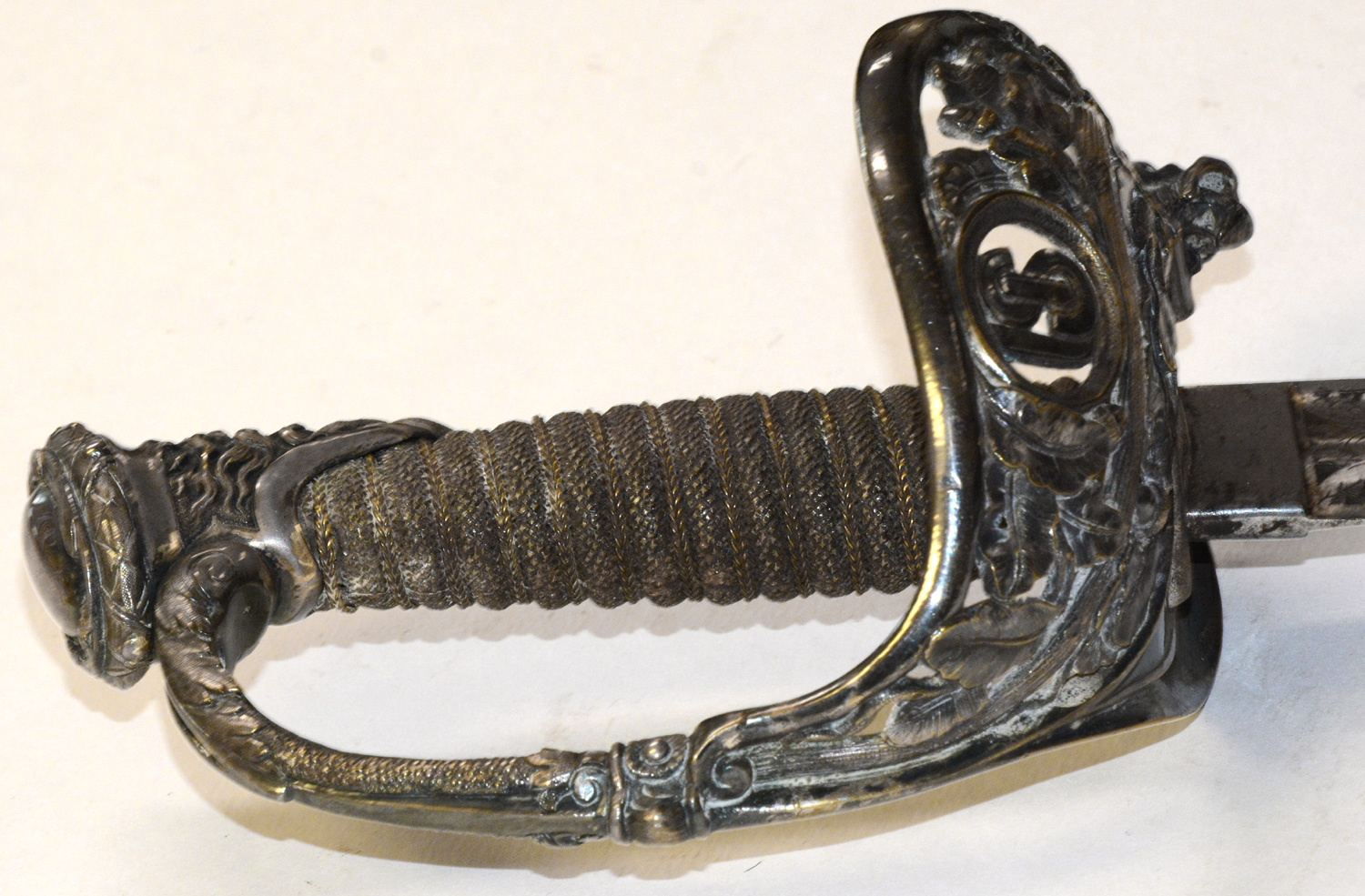
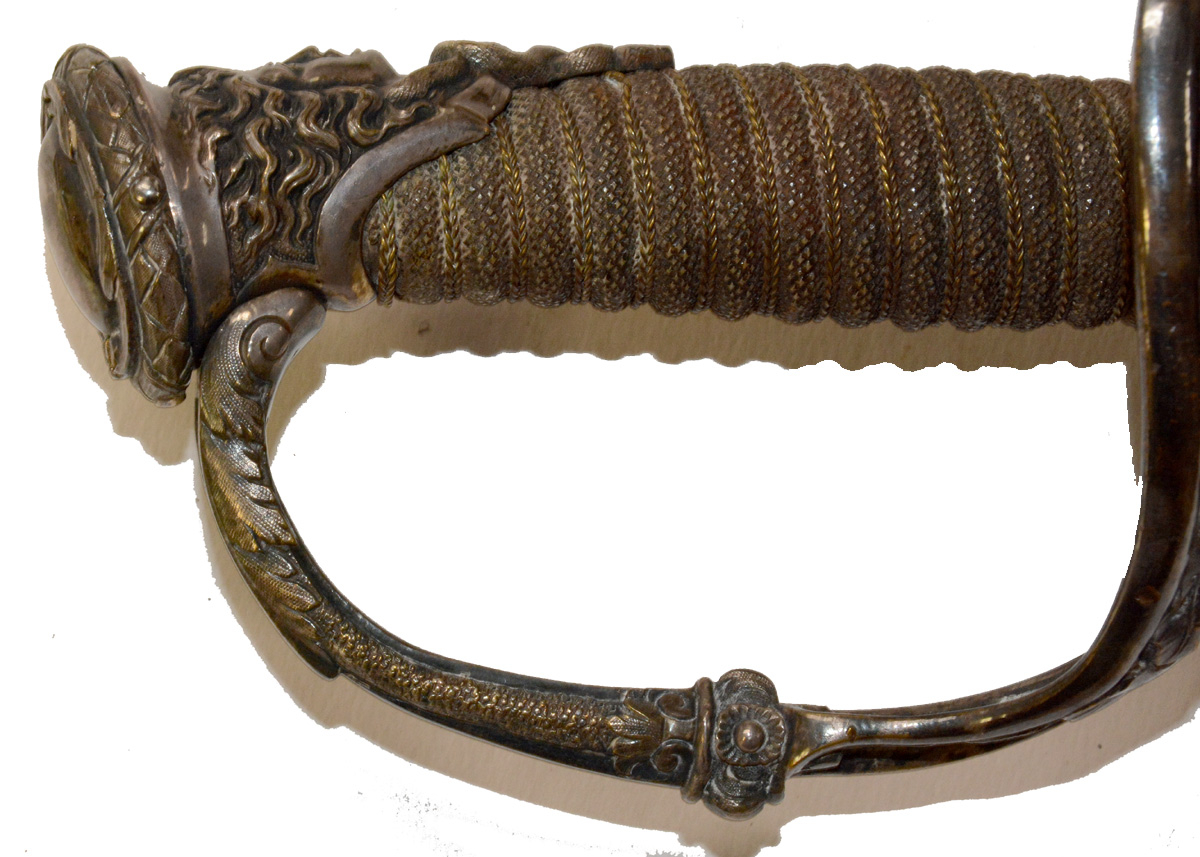
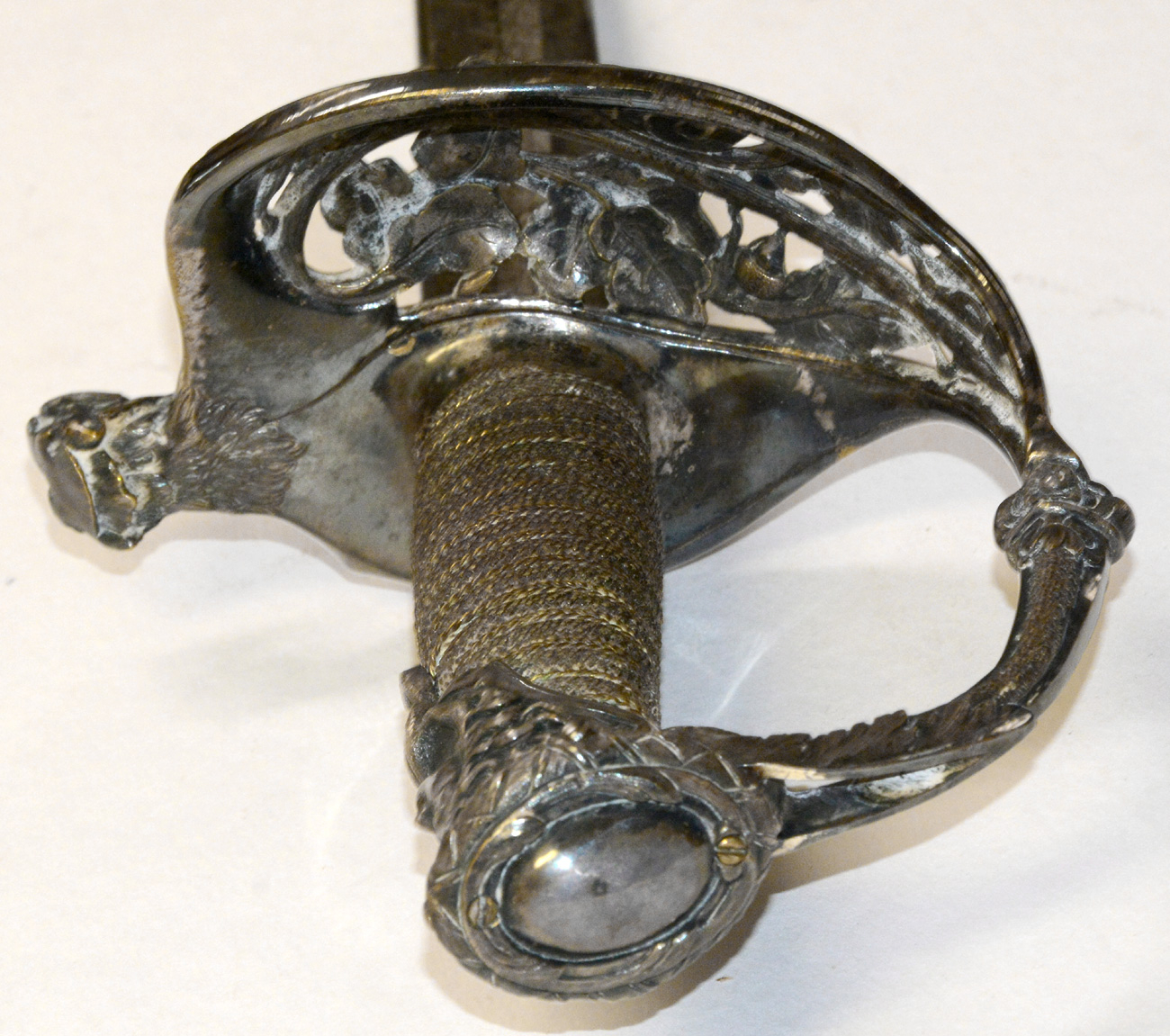
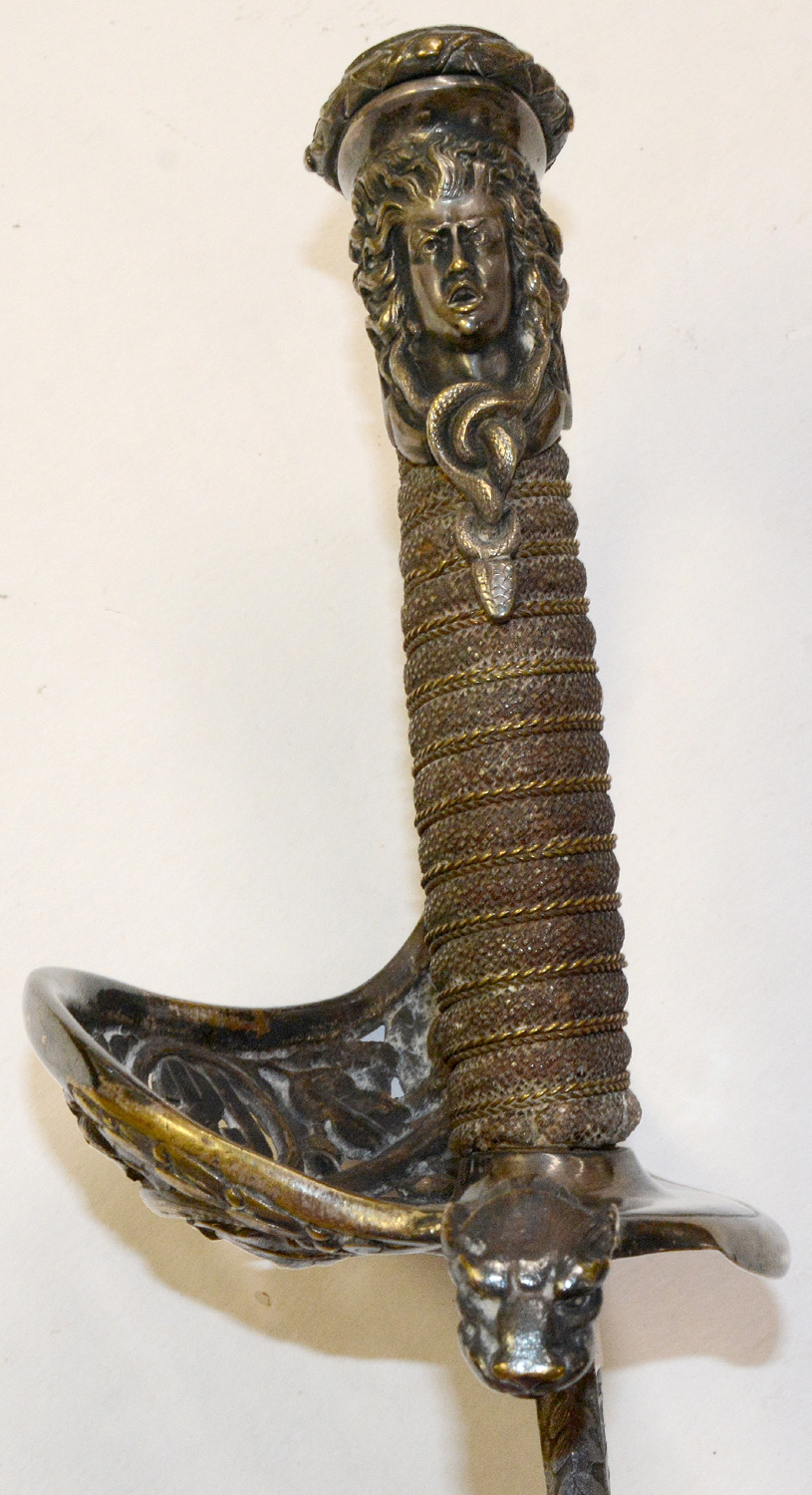
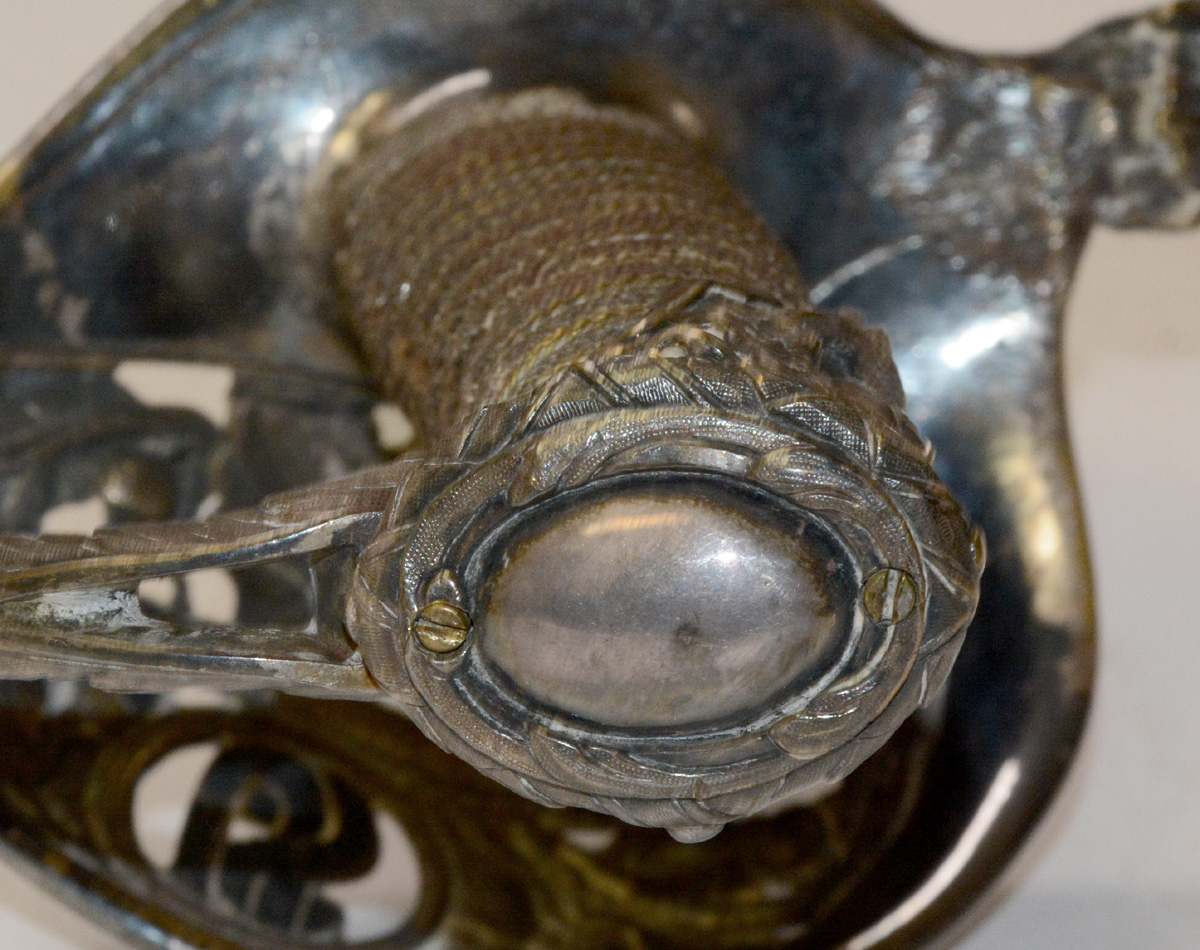
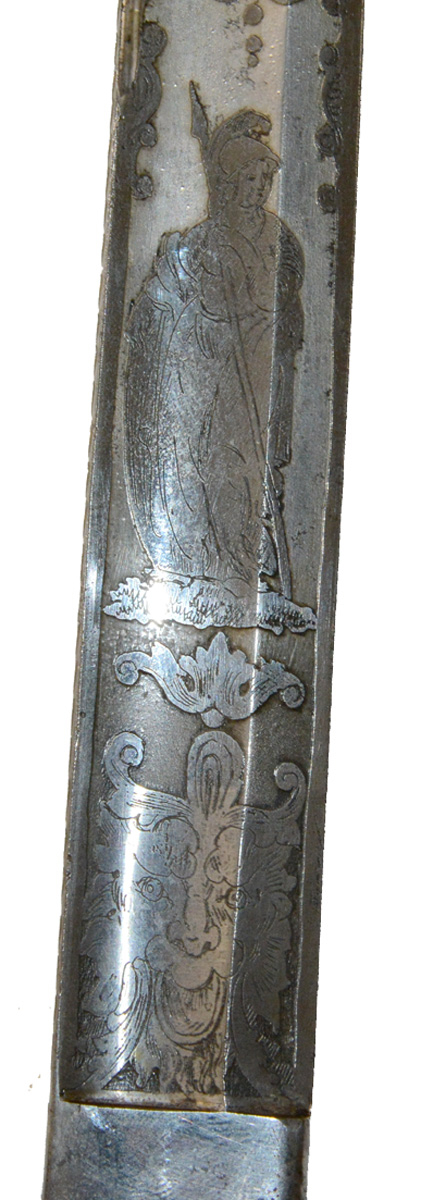


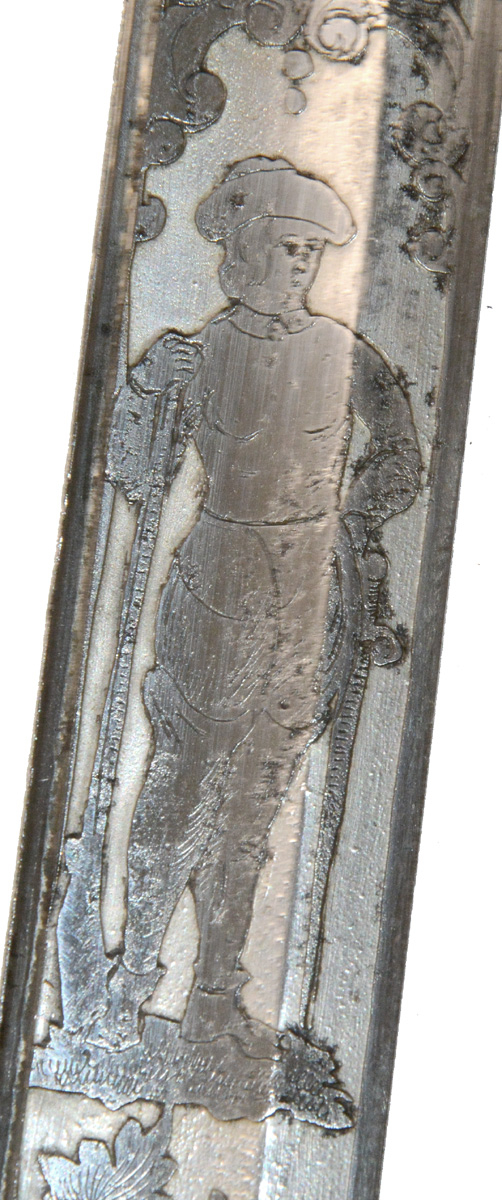

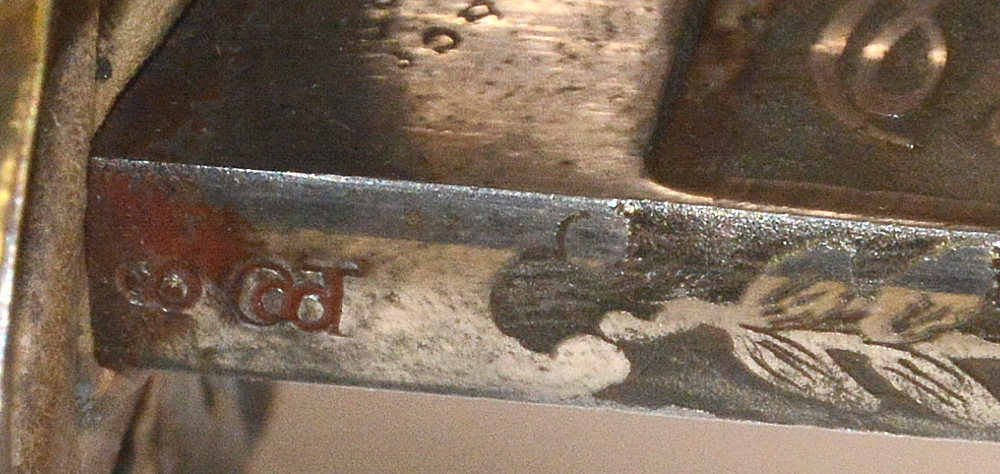
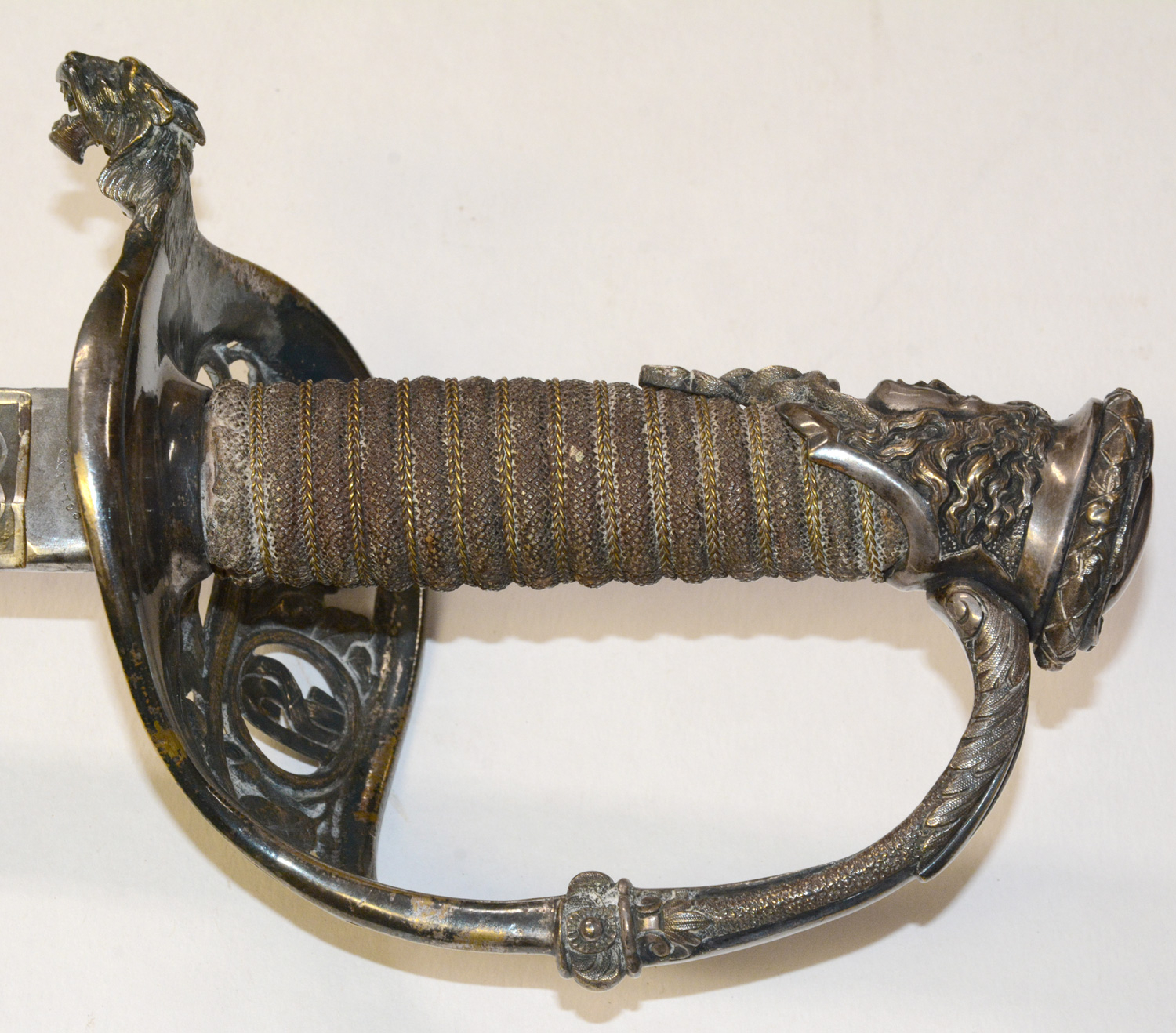
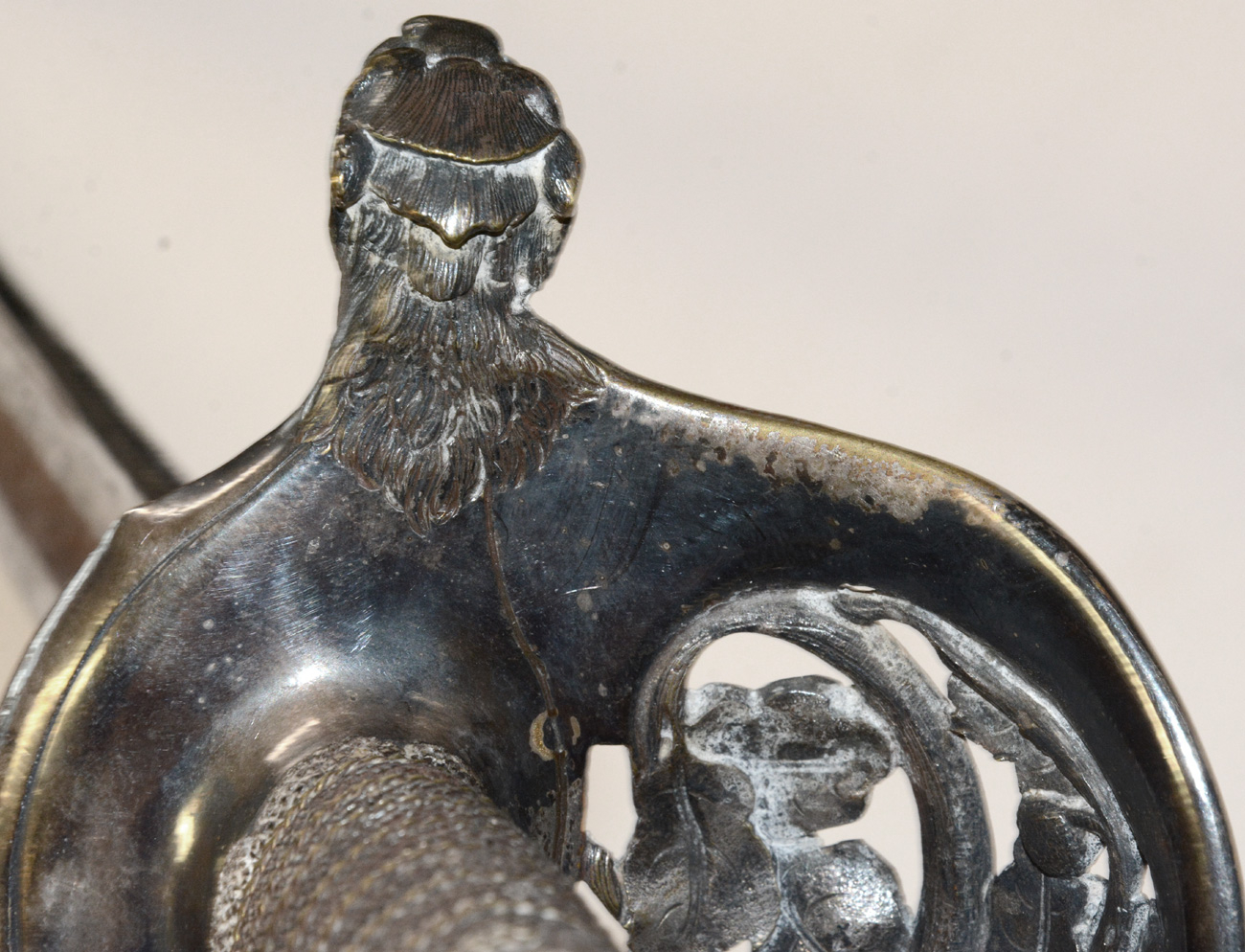
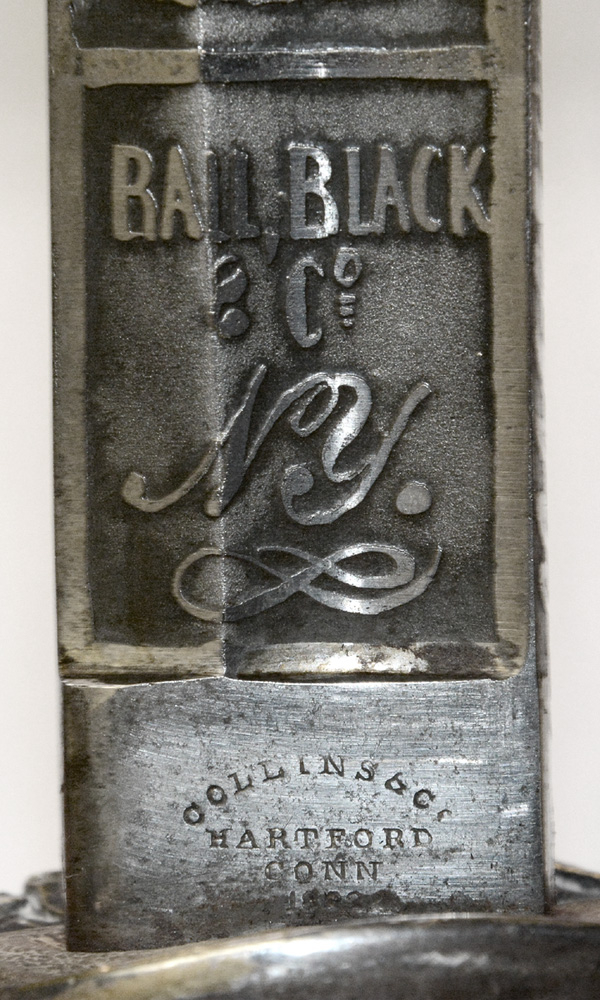
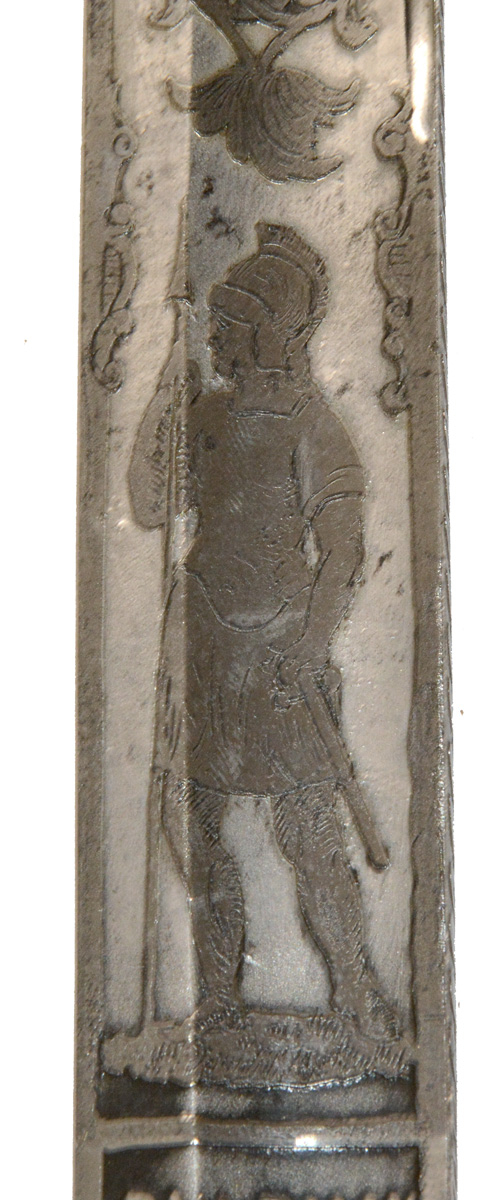




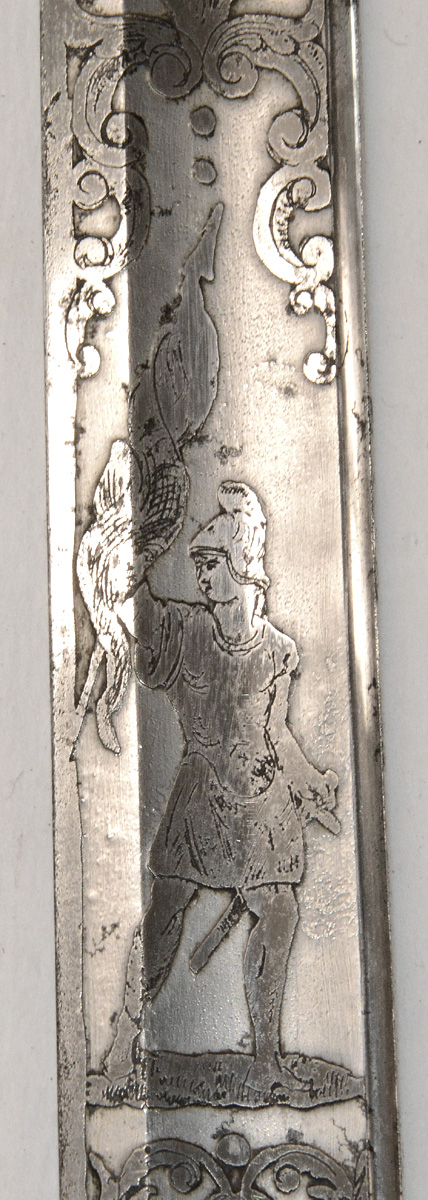
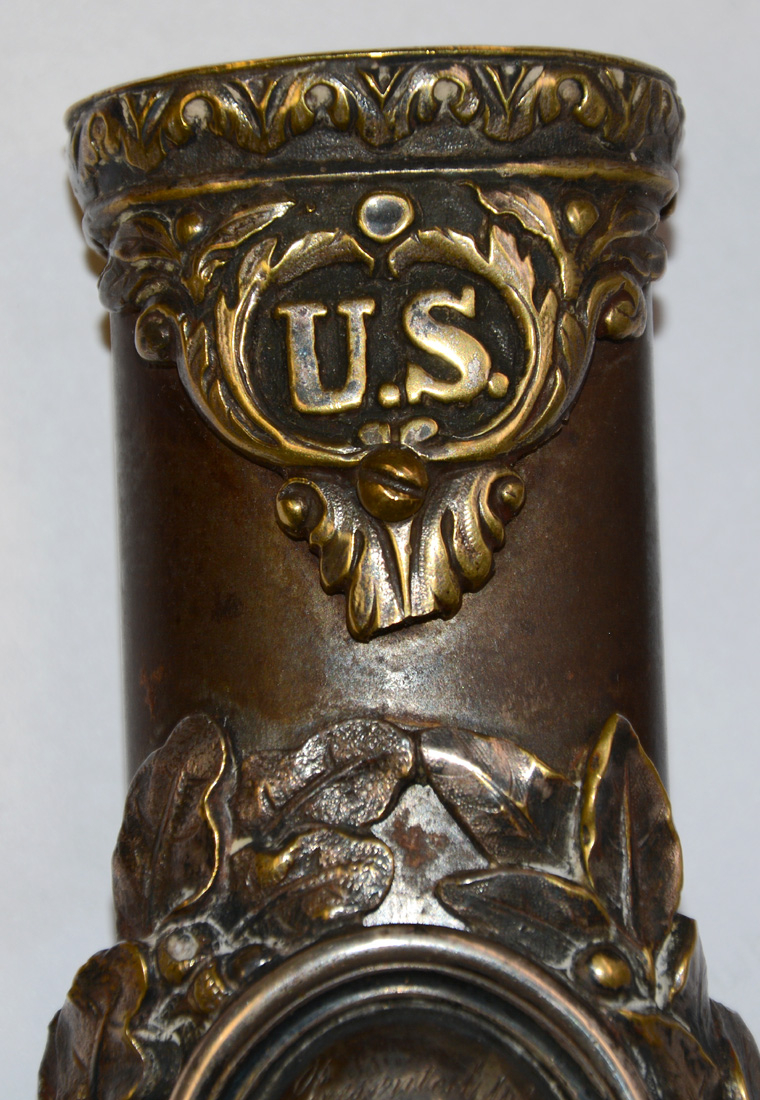
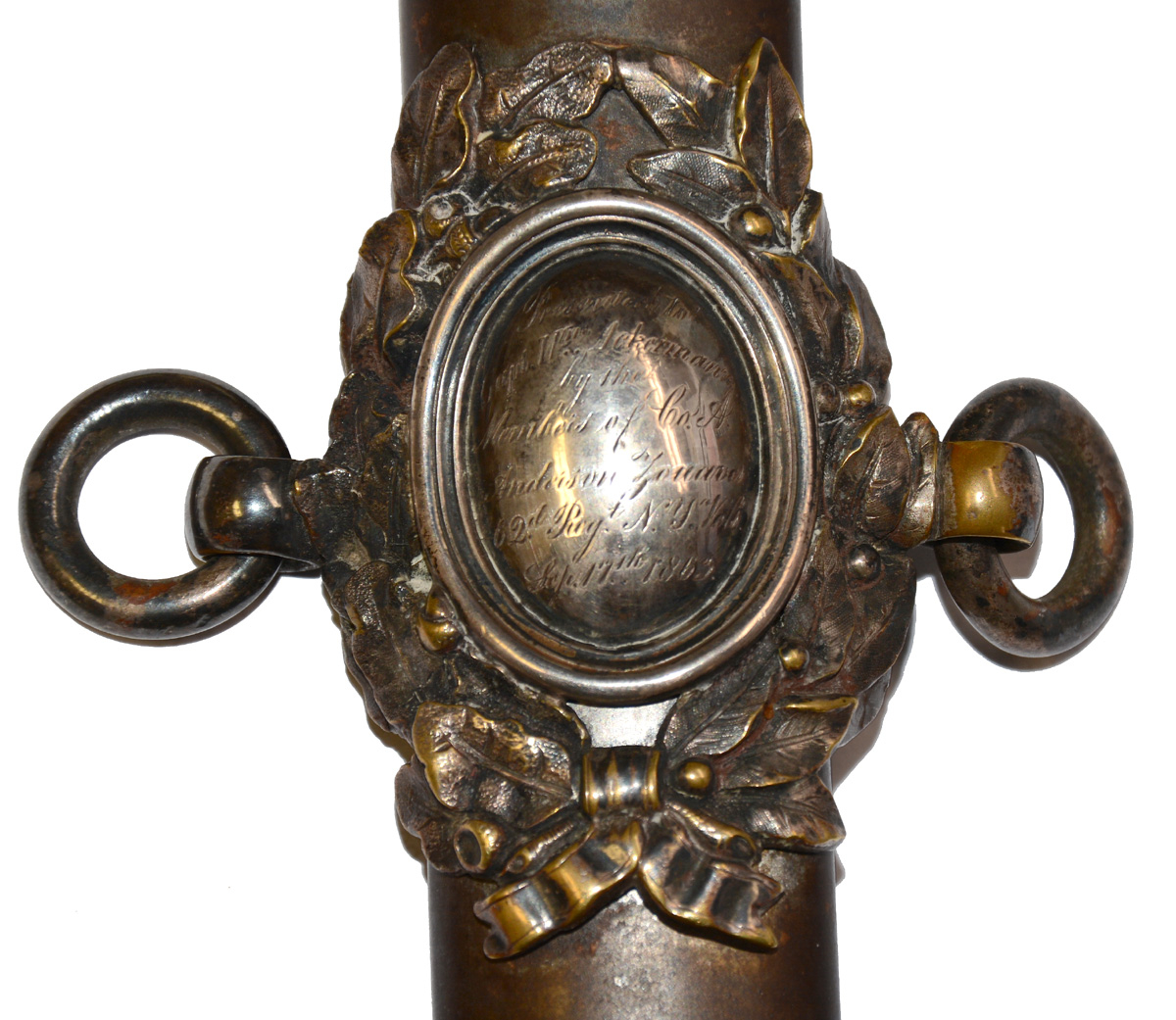
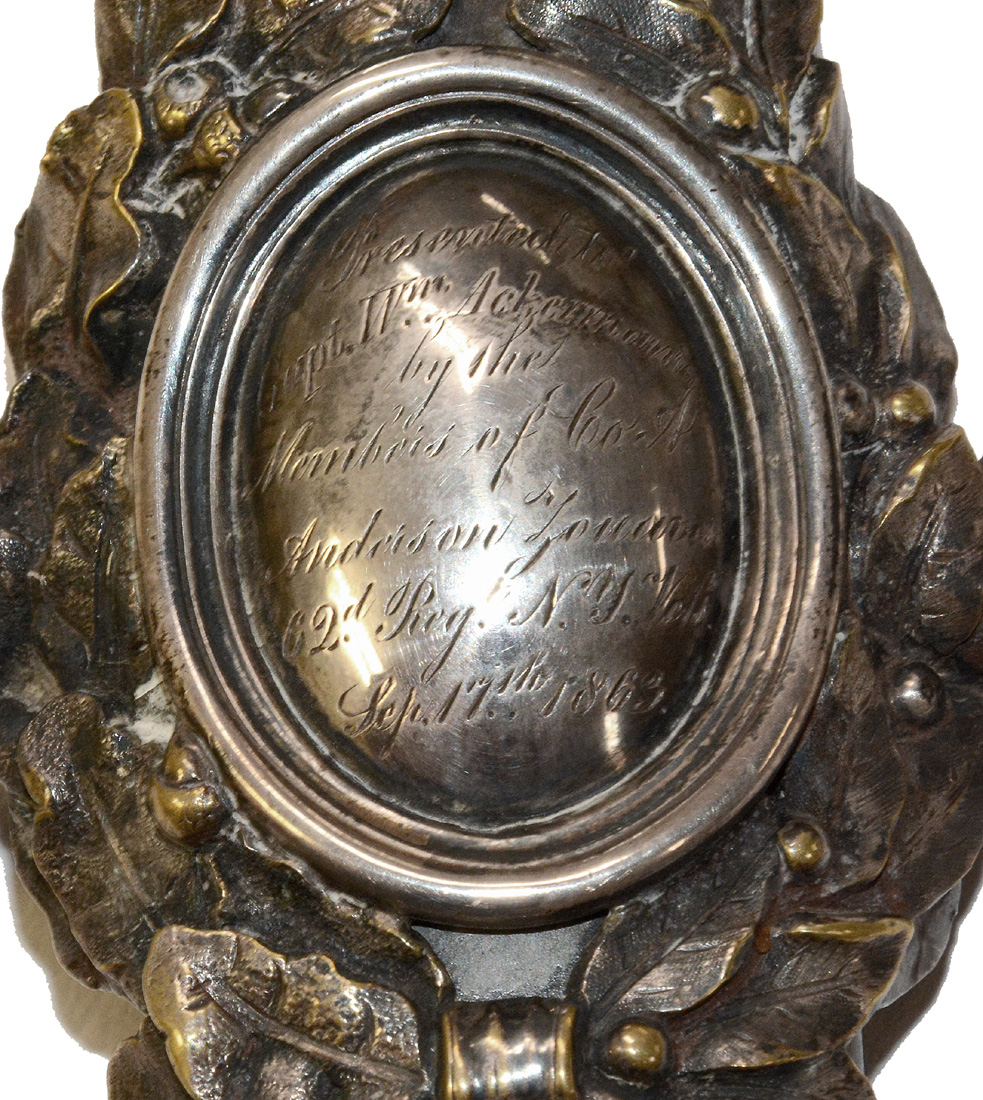
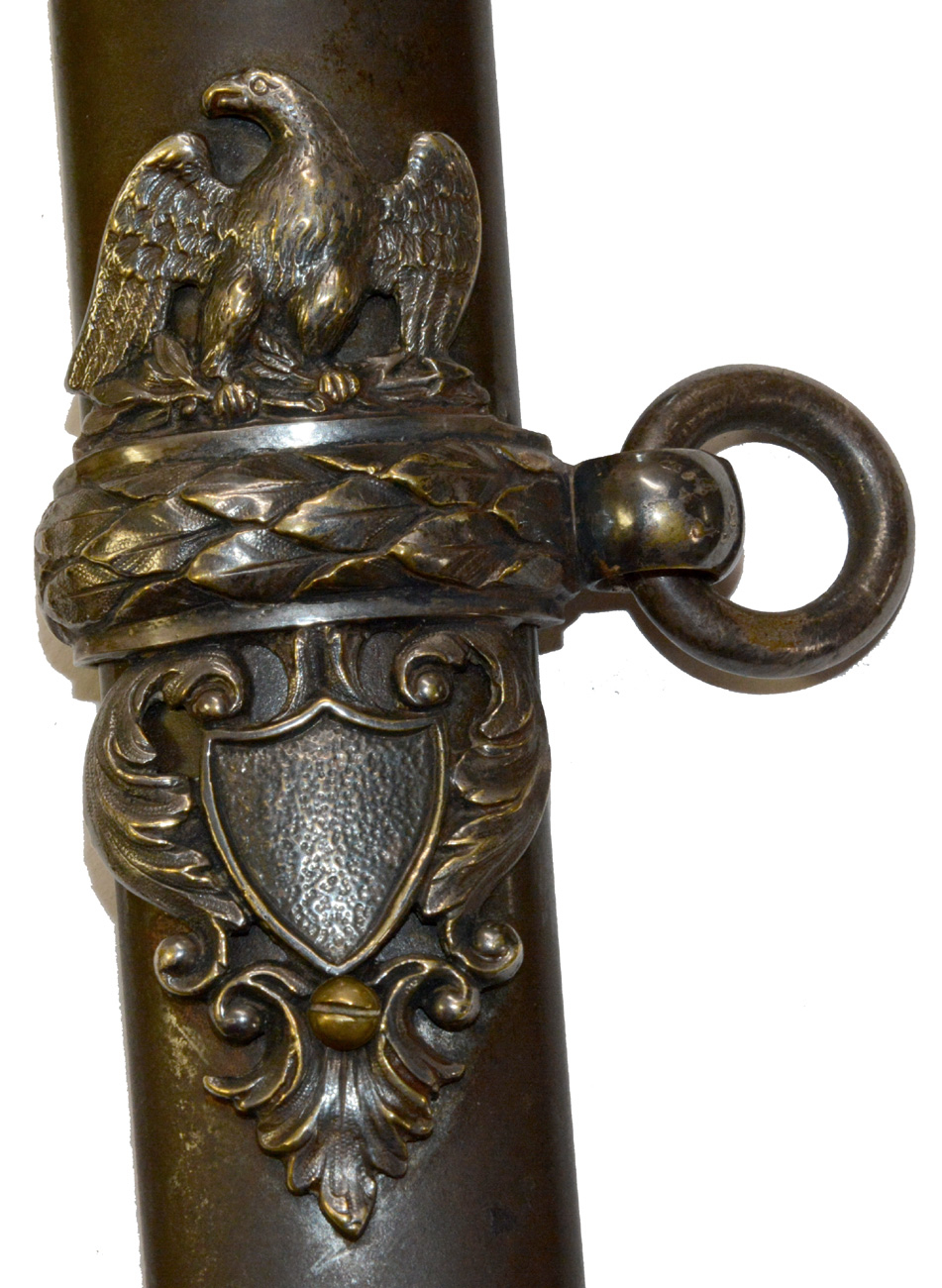
$15,000.00 SOLD
Originally $20,000.00
Quantity Available: None
Item Code: 870-138
This exceptional, silvered Model 1850 staff and field officer’s presentation sword was given to a twice-wounded captain of the Anderson Zouaves by the men of his company. The sword was made by Ball, Black & Co., descended from a New York jewelry firm dating to 1810 that went through several name changes, becoming Ball, Tomkins & Black in 1839 and Ball, Black & Co. in 1851/52. In 1861 they opened a store on Broadway featuring three floors for sales and three more for manufacture and assembly. While not as large as Tiffany, the firm’s products rival Tiffany’s in quality. During the Civil War they did a large trade in officers’ swords, insignia, uniform items, flags, drums, etc., and also struck both the Gilmore and Kearny medals.
The entire hilt is deeply cast and chased, presenting its motifs in high relief. The pommel face uses the firm’s signature head of Medusa, her hair transforming into knotted snakes spilling onto the grip. The pommel top is capped by a convex oval panel with a swirling leaf/feather border secured by two screws. The convex oval is repeated on the upper scabbard mount where it bears the presentation inscription. The grip is regulation sharkskin with a double strand of twisted wire. The upper knucklebow is stippled, reflecting the snakes and the sharkskin and transitions into the floral motifs of the guard, which uses unusual openwork acorns and broad oak leaves, and textures the central guard branch to appear as bark on a curling tree branch. Leaves and berries are cast in the outer guard branch and an entwined US floats in an openwork circle between the upper and middle branches. The quillon is cast and chased as an open-mouthed lion’s head, a motif repeated at the top of the scabbard drag and on the obverse ricasso of the sword.
The reverse of the blade is stamped at bottom, “Collins & Co. / Hartford / Conn / 1862,” though the firm also used blades from Clauberg. The blade is bright etched on the spine and on both sides, appropriate to the the silver sword mounts, with the etching not only deep and vivid, but in places delicately shaded as well. (We should note that photos of the blade in Kevin Hoffmans’s Swords of Honor and Regulation mistakenly include a pair of photos of a different sword with a gold washed blade.) Above the Collins stamp the reverse is etched with a standing Greco-Roman warrior with spear above the firm name, followed entwined floral scrolls set out in a geometric, symmetrical pattern with shading, a leafy vine, and a foliate U.S. as the central panel, followed by more geometric floral scrolls and a second Greco-Roman warrior raising a flag to lead an advance, with the panel terminating with more floral scrolls and an Arabesque spearpoint. Both warriors show up in somewhat knightly versions on the firm’s presentation sword made for General George H. Thomas, illustrated by Thillmann in US Army Swords.
The obverse uses a similar sequence, but in place of the firm name uses an open-mouthed lion mirroring the sword quillon and scabbard drag. In place of the U.S. the central motif is an American eagle clutching arrow and olive branch, perched on top of a U.S. shield. Scrolls, vines and leafy tendrils appear above and below, as do two more standing figures: the lower holding a spear and robed, possibly an armed Columbia; the upper, called a continental soldier by Hoffman, wears a hat with upturned brim and holds a musket at his side, but the musket stock looks a bit like a matchlock and the garb seems somewhat 17th century, perhaps being an early colonial American soldier. A spray of leaves and acorns finishes off the panel along with the same Arabesque spearpoint as the reverse.
The scabbard body is metal, regulation for the 1850 staff and field, browned and fitted with a throat, two mounts for carrying rings, and drag. All are deeply cast and chased like the hilt and are also silver washed. The throat has scrolling floral motifs that extend down to form a wreath around a raised U.S. on a dark ground. The upper ring mount has a central raised oval panel bearing the inscription, surrounded by a deeply cast and chased wreath of two branches tied by a ribbon knot at the bottom. The lower ring mount is cast with leaves on the ring band, and repeats the American eagle and shield motif of the blade etching, with the eagle with arrow and olive branch at top and a shield with bordering floral scrolls at bottom. The drag bears the open-mouthed lion of the quillon and the blade etching, along with scrollwork, shells, and leaves and berries. The leather washer is present under the sword guard.
The inscription on the convex oval panel of the upper ring mount is beautifully engraved in script: Presented to / Capt. Wm. Ackermann / by the / Members of Co. A / Anderson Zouaves / 62nd Regt. NY Vols./ Sep. 17th, 1863.
Named in honor of the commander of Fort Sumter, the regiment was recruited principally in New York City, uniformed as zouaves, and mustered in for three years service June 30 to July 1, 1861. Assigned to Peck’s Brigade at Washington in August, they officially becoming part of Keyes’ 4th Corps in March 1862, and the 6th Corps, Army of the Potomac, that September. The unit served with that corps to end of the war as a veteran regiment, losing 88 officers and men killed in action or mortally wounded during the war. Like the regiment, Ackerman has an interesting record.
Born in Germany about 1832, he emigrated to the U.S. about 1850, married in 1855 and was a carpenter. He enlisted in NY City at age 28 on 27 April 1861, mustering into Company F of the Anderson Zouaves, 62nd New York Volunteers, as a private on July 3. He was promoted to first lieutenant in Company K in September 1861 and transferred back to Co. F at that rank in October. He was officially promoted to captain of Co. A 30 May 1862, with rank from May 22, but the paperwork seems not to have arrived until after the Battle of Fair Oaks, where he served as a 1st lieutenant. He served until mustered out 29 June 1864 at Petersburg.
Ackerman was on recruiting duty in early 1862, but Colonel Riker specifically requested his release from that duty and return to the regiment in the field on April 12, likel in time for the regiment’s first combat and battle losses on May 5 at Williamsburg. Riker liked him well enough to make him acting adjutant, but after posting the picket line on May 29 he was injured in leaping his horse over a ditch, could not ride, and was compelled to again serve on foot in company F, commanding it for a time when his captain took command of the regiment after Col. Riker was killed at Fair Oaks on May 31.
Ackerman had little use for Riker’s successor, Lt. Col. Nevin. On June 20 in the camp at Fair Oaks, he became intoxicated, attacked the sentinel outside Nevin’s tent, refused Nevin’s order to return to his quarters under arrest, even vowing to, “’get square with him yet,’ or words to that effect.” He admitted the drunkenness but tendered his resignation rather than, “serve under such a commander.” Nevin thought a court-martial would be a better solution and pressed charges on June 22, but Lee’s attack four days later and the Seven Days Battles changed things. Ackerman was apparently released from arrest in the emergency and the two men patched up their differences on the battlefield. At Malvern Hill on July 1 the regiment was under both artillery and infantry fire. Ackerman was hit by a rifle bullet in the left cheek and shoulder. Nevin wrote on July 4: “Capt. Ackerman was wounded in the engagement of the 1st inst. and behaved so gallantly that I would most respectfully ask that these charges be withdrawn.”
Given thirty days medical leave for his wound, Ackerman was reported as absent without out leave from September through November, one entry even listing him as a deserter in October, but this was probably a matter of paper work, with applications for extension of his medical leave not being properly filed or arriving on time. He was listed as in arrest in December, but things were apparently straightened out and he is back on the company rolls as “present” by January 1863.
In May 1863 the regiment was heavily engaged at Fredericksburg and Salem Church as the 6th Corps tried to take pressure off Hooker at Chancellorsville. In the attack on Marye’s Heights on May 2 the regiment suffered heavily when they were sent forward with just one other regiment to “feel” the Confederate works earning praise from the brigade commander in the official records. He praised them again for their fighting on May 3 at Salem Church where they held their ground to the last possible moment against Confederate attacks. They lost 17 men killed or mortally wounded, and another 50 officers and men wounded in the two days fighting, including Ackerman who was severely wounded in the left hand at Salem Church. Again given sick leave for recovery, he seems to have fallen afoul of paperwork yet again and was listed as AWOL in August, but present again on the company rolls starting in September, the month his men presented him with this beautiful sword, indicating that whatever other faults he had, he was respected as a fighting officer by those under his command.
Records indicate he was present with the regiment through May 1864, but there is one more mysterious AWOL notation for January and he was in Washington for examination for transfer into the Veteran Reserve Corps in late May. He was rejected for this and directed to proceed the Rendezvous of Distribution on June 4. This which would put him on route back to the regiment, by then at Cold Harbor and Petersburg, where he was discharged on June 29.
After discharge, Ackerman applied for an invalid pension with a doctor’s evaluation that he was “three fourths disabled,” suffering not only from the two gunshot wounds, but a rupture caused by the falling horse in May 1862. He died in 1899 and in looking into subsequent applications for pension increases, Government clerks looking into his case noted the poor state of the regiment’s records. The VRC board had noted him as “indifferent” in knowledge regarding regulations, articles of war, and discipline, perhaps making clear why he was such a good fit in the unit. Judging from the sword, his men certainly liked him.
This is a wonderful, high-end sword in great condition, formerly in the collection of Kevin Hoffman. The blade rates excellent, with only a few small, scattered age spots.The silver shows only minor rubbing on the high points, and those mostly on the scabbard throat and drag, natural points of contact when handling it. The etching is vivid, deep, and skilled, particularly in its use of shading. The use of silver mounts for the hilt and scabbard. and the substitution of oakleaves and acorns for more conventional flower and floral scrolls in the guard, seems particularly appropriate for a somewhat unconventional, but fighting regiment and officer. [sr] [ph:L]
~~~~~~~~~~~~~~~~~~~~~~~~~~~~~~~~~~~
THIS ITEM, AS WITH ALL OTHER ITEMS AVAILABLE ON OUR WEB SITE,
MAY BE PURCHASED THROUGH OUR LAYAWAY PROGRAM.
CLICK HERE FOR OUR POLICIES AND TERMS.
THANK YOU!
Inquire About PRESENTATION SWORD: TWICE WOUNDED IN ACTION, HIS GALLANTRY ON THE BATTLEFIELD SPARED HIM A COURTMARTIAL – CAPT. WM. ACKERMANN, 62ND NEW YORK VOLUNTEERS (ANDERSON ZOUAVES)
Most Popular
Historical Firearms Stolen From The National Civil War Museum In Harrisburg, Pa »
Theft From Gravesite Of Gen. John Reynolds »
Selection Of Unframed Prints By Don Troiani »
Fine Condition Brass Infantry Bugle Insignia »
featured item
FEDERAL MODEL 1860 LIGHT CAVALRY SABER FOUND ON EAST CAVALRY FIELD, GETTYSBURG – GEISELMAN COLLECTION
This Civil War artifact is Federal Model 1860 light cavalry saber that was recovered in the battle area at East Cavalry Field in Gettysburg. Once part of the Norbert Oyler Collection, this edged weapon specimen and its metal scabbard are fine… (942-14). Learn More »


